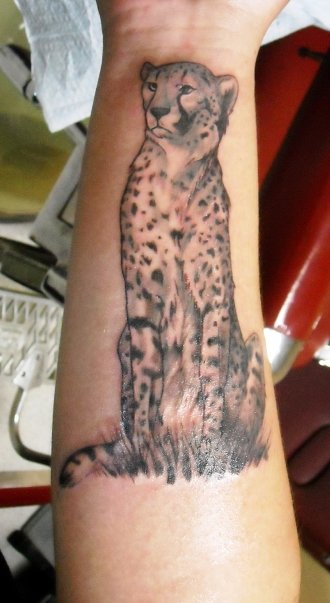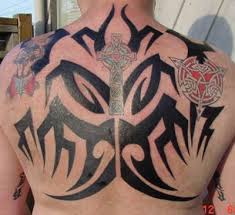 African legend recounts how the tawny cat got the black markings known as ‘tear stains’, which appear to course from its eyes. Believing that her cubs had been stolen by an unscrupulous hunter, the mother cat abandoned her kill to search for them. Meanwhile, the ticker stole her hard-earned kill. So long did the cat sob that tears made channels through the fur. Justice prevailed in the end, and the cubs were returned and the ticker punished. The cheetah’s ‘tear stains’ became a reminder that the unnameable traditions of the catch must prevail, making the cat a symbolisation of honour and respect.
African legend recounts how the tawny cat got the black markings known as ‘tear stains’, which appear to course from its eyes. Believing that her cubs had been stolen by an unscrupulous hunter, the mother cat abandoned her kill to search for them. Meanwhile, the ticker stole her hard-earned kill. So long did the cat sob that tears made channels through the fur. Justice prevailed in the end, and the cubs were returned and the ticker punished. The cheetah’s ‘tear stains’ became a reminder that the unnameable traditions of the catch must prevail, making the cat a symbolisation of honour and respect. Possessed of a relatively timid nature, cat cubs have long been drilled as pets and hunters for their aristocratic owners. More than five thousand years ago, the Sumerians boasted this beautiful and elegant someone as a royal pet, and Genghis Khan was known for his many cat companions. Ancient Egyptians revered it as a goddess, while the Greek god, Dionysus, had the cat entertainer his chariot. African house of a later era, displayed the cat as a status symbol.
Possessed of a relatively timid nature, cat cubs have long been drilled as pets and hunters for their aristocratic owners. More than five thousand years ago, the Sumerians boasted this beautiful and elegant someone as a royal pet, and Genghis Khan was known for his many cat companions. Ancient Egyptians revered it as a goddess, while the Greek god, Dionysus, had the cat entertainer his chariot. African house of a later era, displayed the cat as a status symbol. Once common in Europe, North USA and Asia, the cat today roams only in parts of Africa, and more rarely in remote areas of Iran, home of the Asiatic cheetah, whose history goes back to a instance when the kings of ancient Persia trained the cat to hunt the gazelle. Until a some cardinal years ago, so common was the cat in south and central Asia, that it was a favourite creature in Moghul paintings.
Once common in Europe, North USA and Asia, the cat today roams only in parts of Africa, and more rarely in remote areas of Iran, home of the Asiatic cheetah, whose history goes back to a instance when the kings of ancient Persia trained the cat to hunt the gazelle. Until a some cardinal years ago, so common was the cat in south and central Asia, that it was a favourite creature in Moghul paintings.Lacking a robust property – inbreeding has weakened its factor pool – the cat falls prey to stronger predators. As high as 90% of every cat cubs are killed by lions, leopards, and the wild dogs. Though hunted for its mythologic spotted coat, the cheetah’s survival is threatened more by climate change and loss of habitat. As a much revered and admired animal, polity in continent and Persia are making efforts to save the cat from extinction, including breeding the animal for the sole purpose of releasing them back into the wild. However, born to roam the unstoppered grasslands, the cat does not thrive in captivity.







No comments:
Post a Comment